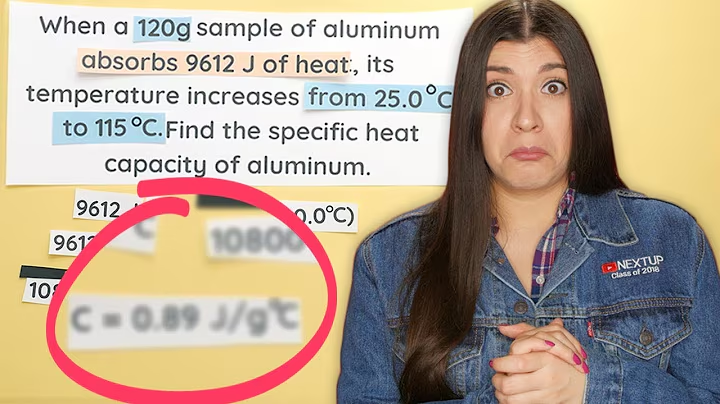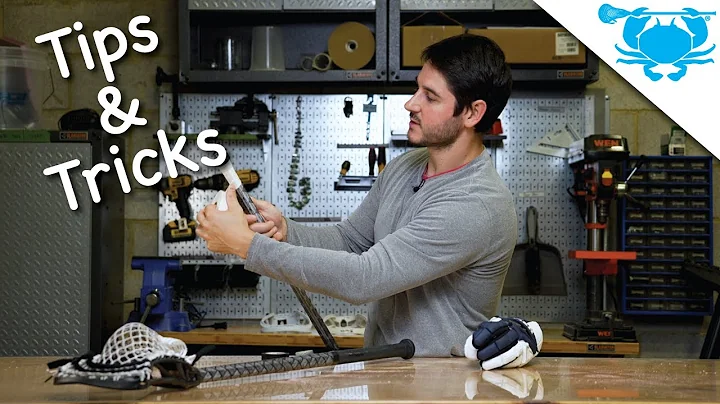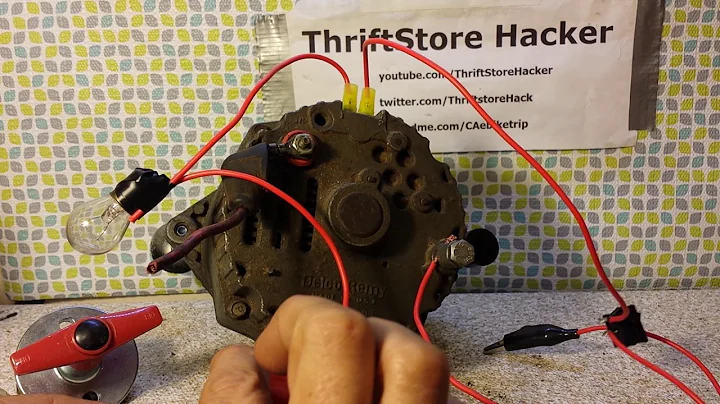Ultimate Guide: Winter Care for Fish in Ponds
Table of Contents
- Introduction: Winter Care for Fish in Ponds
- Importance of Keeping an Opening in the Ice
- Additional Aeration for Fish in Winter
- Using Deepwater Aerators for Winter Care
- Protecting the Compressor and Tubing
- Proper Placement of the Aerator in the Pond
- Insulating the Fish for Winter
- Monitoring the Aerator during Snowfall
- Maintaining Oxygen Levels and Preventing Toxic Gases
- Heaters as an Alternative for Large Koi Ponds
- Conclusion: Ensuring Happy and Healthy Fish in Winter
❄️ Winter Care for Fish in Ponds
During the winter season, it is crucial to take extra measures to ensure the well-being of fish in outdoor ponds. Freezing temperatures and the formation of ice can pose significant challenges to their survival. In this guide, we will explore various strategies and techniques to keep your fish happy and healthy over the winter months.
💧 Importance of Keeping an Opening in the Ice
The first step in winter care for fish is to maintain an opening in the ice that forms on the surface of the pond. When the ice completely covers the pond, it traps toxic gases released by the degradation of organic matter. These gases can build up, reaching toxic levels and endangering the fish. By keeping an opening in the ice, you allow the gases to escape, ensuring a safe environment for your fish.
🌬️ Additional Aeration for Fish in Winter
In addition to keeping an opening in the ice, providing extra aeration is essential for the well-being of fish in winter. Most ponds do not have the same aeration capabilities as natural water bodies. Therefore, supplementing the oxygen levels becomes crucial, especially if you have a significant fish population or large koi. By adding extra aeration, you ensure that your fish receive sufficient oxygen throughout the winter.
🌀 Using Deepwater Aerators for Winter Care
One highly effective method for providing extra aeration is by using deepwater aerators. These aerators consist of a large compressor and diffuser, which release a significant volume of air bubbles into the pond. This continuous movement of bubbles not only keeps an opening in the ice but also oxygenates the water. By using deepwater aerators, you can maintain a healthy pond environment with just a single device.
🛡️ Protecting the Compressor and Tubing
To ensure the longevity of your deepwater aerator, it is advisable to protect the compressor and tubing from harsh weather conditions. Using a Rubbermaid or similar storage tote with a snap-on lid provides an additional layer of protection. By creating drain holes at the bottom of the container, you can prevent any accumulation of water or snow that may damage the compressor. Additionally, using a rock or heavy object to secure the lid provides extra protection during storms.
🔌 Proper Placement of the Aerator in the Pond
When installing the deepwater aerator, it is crucial to place the compressor inside the Rubbermaid tote and position it approximately 12-14 inches below the water surface. This placement ensures that the warm water settles at the bottom, providing insulation for the fish. Conversely, the colder water rises to the top and freezes, creating a thicker layer of ice for further insulation. Avoid placing the aerator at the deepest part of the pond, as it may disrupt this natural temperature stratification.
🌡️ Insulating the Fish for Winter
The natural behavior of fish during winter is to become dormant and hibernate in their cave or hiding spot. As long as you can hear the bubbles from the aerator underneath the ice, the fish continue to receive sufficient air and are insulated by the layer of ice above them. The warmer water at the bottom of the pond remains undisturbed and provides a safe space for the fish. By ensuring continuous aeration, you can keep your fish comfortable and thriving throughout the winter.
🌨️ Monitoring the Aerator during Snowfall
During heavy snowfall, it is essential to periodically check and clear any accumulated snow from the aerator. This enables the device to take in air efficiently and continue functioning optimally. By ensuring proper airflow, you maintain the necessary oxygen levels and prevent the buildup of toxic gases. Regular monitoring and maintenance during winter ensure the longevity and effectiveness of the aerator.
☁️ Maintaining Oxygen Levels and Preventing Toxic Gases
The primary function of the deepwater aerator is to maintain oxygen levels and prevent the accumulation of toxic gases in the pond. As long as the bubbles are audible underneath the ice, you can be confident that the aerator is effectively circulating the water and forcing the gases out of the pond. By using a deepwater aerator, you significantly reduce the risk of losing fish due to insufficient aeration or toxic gases.
🔥 Heaters as an Alternative for Large Koi Ponds
In the case of large koi ponds or ponds with a high fish population, using heaters as an alternative to deepwater aerators can be beneficial. Heaters help in maintaining an opening in the ice by preventing it from completely freezing over. However, it is important to note that heaters require regular monitoring and may increase maintenance efforts compared to deepwater aerators. Assess your pond's specific needs and consult with experts to determine the most suitable option.
🎣 Conclusion: Ensuring Happy and Healthy Fish in Winter
Providing proper care and attention to your fish during winter is vital to their overall well-being. By keeping an opening in the ice and maintaining sufficient aeration using deepwater aerators or heaters, you can create a safe environment for your fish to thrive throughout the cold season. Regular monitoring, maintenance, and protective measures ensure a successful winter care routine for your fish, giving them the best chance of survival.
Highlights:
- Maintaining an opening in the ice is crucial for fish survival in winter.
- Deepwater aerators provide extra aeration and keep an opening in the ice.
- Protecting the aerator and maintaining proper placement are essential for longevity.
- Insulating fish with a layer of ice and ensuring continuous aeration is vital.
- Regular monitoring and maintenance prevent the buildup of toxic gases.
- Heaters can be an alternative for large koi ponds with high fish populations.
FAQs:
Q: How often should I check and clear the snow from the aerator in winter?
A: It is advisable to periodically check and clear accumulated snow from the aerator to maintain proper airflow and prevent clogging. This can be done as needed, especially during heavy snowfall.
Q: Can I leave the deepwater aerator running all winter?
A: Yes, deepwater aerators can be left running throughout winter to ensure continuous aeration and prevention of ice formation. However, regular monitoring of the aerator's functionality is recommended.
Q: Do I need a heater if I already have a deepwater aerator?
A: Deepwater aerators usually provide sufficient aeration and prevent ice formation. However, for large koi ponds or ponds with a high fish population, heaters can be used as an alternative to ensure an opening in the ice.
Q: How do I protect the aerator from extreme weather conditions?
A: Using a Rubbermaid tote or similar storage container with a snap-on lid provides protection for the aerator. Creating drain holes at the bottom of the container allows any accumulated water or snow to drain out, preventing damage to the compressor. Additionally, securing the lid with a rock or heavy object adds extra protection during storms.
Q: What is the best location to place the deepwater aerator in the pond?
A: It is recommended to position the deepwater aerator approximately 12-14 inches below the water surface and not at the deepest part of the pond. This placement allows for the stratification of water temperature, with warmer water settling at the bottom and cold water rising to the top, ensuring the fish are insulated and protected from freezing temperatures.







